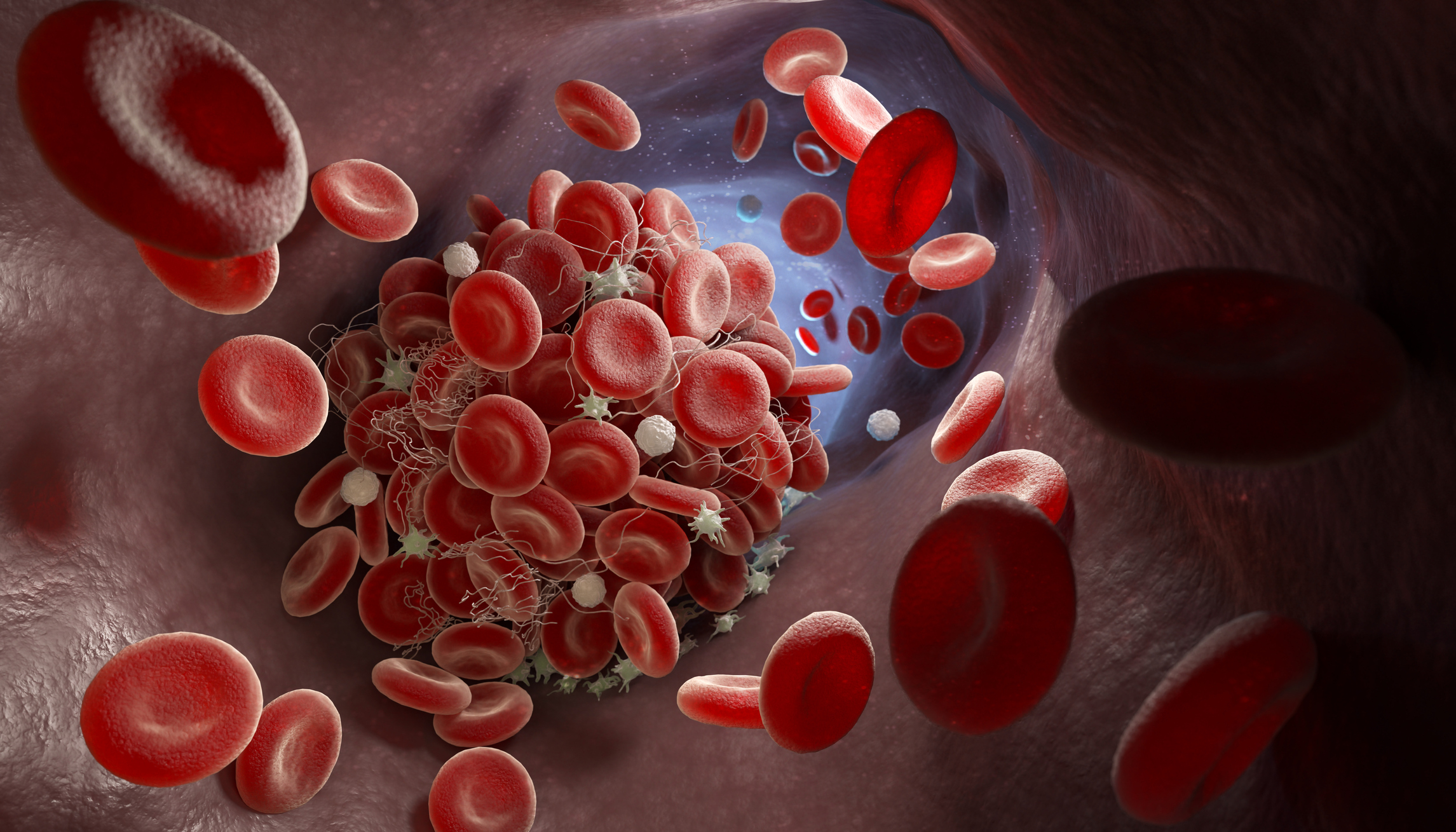
Your blood performs several important jobs. One is carrying oxygen and nutrients throughout your body. Another job is quickly forming effective clots if a blood vessel gets injured.
What is a blood clot?
A blood clot is a gel-like clump of blood cells and other substances that form to stop bleeding. After an injury heals, a clot usually dissolves. But sometimes, blood clots don’t break down like they should or form without a good reason. These clots can restrict blood flow and cause serious health problems.
“Clotting is a necessary survival function,” says Craig Feibusch, MD, a primary care physician at Summit Health. “But some blood clotting can be inappropriate and require treatment.”
Dr. Feibusch helps explain factors that can increase one’s risk for an abnormal blood clot, symptoms to watch for, treatment options, and prevention.
Who’s at risk for an abnormal blood clot?
Blood clots can happen to anyone. There are, however, factors that can increase the risk of blood clots, such as:
- Certain types of cancers
- Certain genetic disorders that predispose a person to clot
- Certain surgeries
- Family or personal history of blood clots
- Immobility due to hospitalization or sitting for long periods
- Some medicines
- Trauma to the blood vessel
Blood clot signs and symptoms
Blood clots can form anywhere in your body. The symptoms of a blood clot depend on where it is. “It’s less about size and more about the location of the clot,” says Dr. Feibusch.
- Heart. A blood clot in your coronary artery can cause a heart attack. Symptoms may include chest pain, discomfort in other upper body areas, shortness of breath, fatigue, sweating, nausea, and dizziness. Seek emergency medical care if you experience any heart attack symptoms.
- Brain. When a blood clot blocks blood flow to your brain, it can cause a stroke, which is also a medical emergency. Signs and symptoms of a stroke may include trouble speaking, visual changes, facial weakness, dizziness, and weakness in the face, arms, or legs.
- Arm or leg. Blood clots that form in the veins or arteries of the extremities can cause sudden or gradual pain, tenderness, swelling, warmth or coolness. These symptoms may indicate deep vein thrombosis (DVT) or arterial clots which can be serious without treatment.
- Lungs. One danger of DVT is a blood clot breaking free and moving through your bloodstream. The clot can become lodged in a blood vessel in your lung; this is called a pulmonary embolism. Symptoms can include chest pain, shortness of breath, rapid heartbeat, lightheadedness and coughing up blood.
Blood clot treatment
Diagnosing a blood clot involves a physical examination and review of your medical history followed by blood tests and imaging. Treatment depends on where the clot is and your symptoms.
Time is the most important factor when it comes to treating a blood clot. Early diagnosis is the key to treatment.
Blood clot treatment may include:
- Blood thinners, also called anticoagulants. These medications stop clots from getting bigger and allow the body to break them down over time, explains Dr. Feibusch.
- Thrombolytics, or medicines that dissolve blood clots. These drugs are used when a major organ like the brain is acutely at risk and other treatments are not an option.
- Thrombectomy is a surgical procedure to dissolve and remove blood clots. They are also performed when a major organ is acutely at risk and there are no other alternatives.
Dr. Feibusch adds that not all blood clots require these treatments. Some blood clots can be superficial, forming in the veins near your skin. Your provider may recommend applying warm compresses, elevating the affected limb, taking nonsteroidal anti-inflammatory drugs (NSAIDs) or wearing compression socks to treat superficial blood clots.
Can you prevent blood clots?
Not all blood clots can be prevented. But Dr. Feibusch says there are steps you can take to reduce your risk.
- Be physically active.
- Get up and move around when sitting for extended periods, such as a long flight or car ride.
- Eat a heart-healthy diet, stay hydrated and maintain a healthy weight.
- Quit smoking.
- Stay up to date with cancer screenings.
- See your healthcare provider regularly for check-ups and to discuss your risks for developing blood clots.
Summit Health can help.
If you are concerned about your risk for blood clots, make an appointment with your primary care physician. We can help with evaluation, treatment and prevention.
